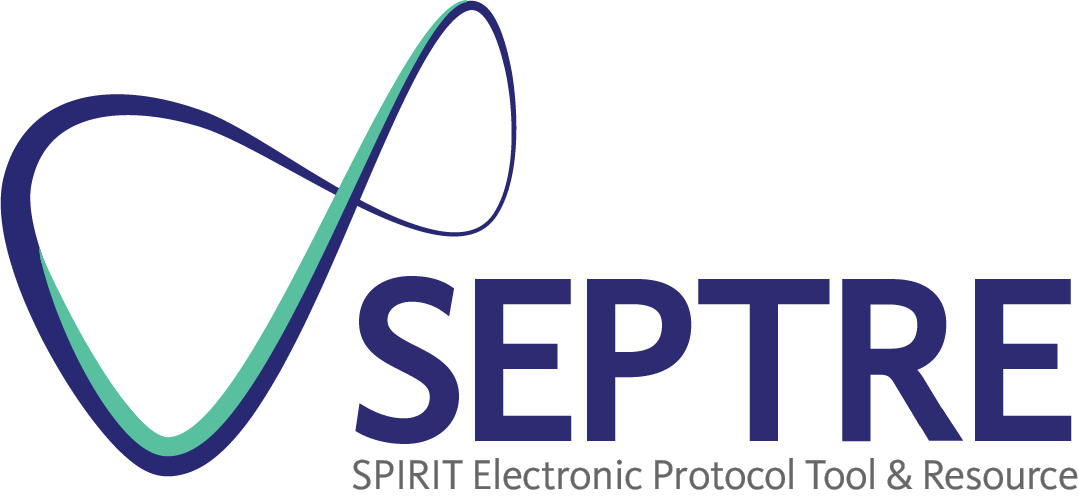Item 7: Specific objectives or hypotheses.
Example
“1.1 Research Hypothesis
Apixaban is noninferior to warfarin for prevention of stroke (hemorrhagic, ischemic or of unspecified type) or systemic embolism in subjects with atrial fibrillation (AF) and additional risk factor(s) for stroke.
. . .
2 STUDY OBJECTIVES
2.1 Primary Objective
To determine if apixaban is noninferior to warfarin (INR [international normalized ratio] target range 2.0-3.0) in the combined endpoint of stroke (hemorrhagic, ischemic or of unspecified type) and systemic embolism, in subjects with AF [atrial fibrillation] and at least one additional risk factor for stroke.
2.2 Secondary Objectives
2.2.1 Key Secondary Objectives
The key secondary objectives are to determine, in subjects with AF and at least one additional risk factor for stroke, if apixaban is superior to warfarin (INR target range 2.0 – 3.0) for,
- the combined endpoint of stroke (hemorrhagic, ischemic or of unspecified type) and systemic embolism
- major bleeding [International Society of Thrombosis and Hemostasis]
- all-cause death
2.2.2 Other Secondary Objectives
- To compare, in subjects with AF and at least one additional risk factor for stroke, apixaban and warfarin with respect to:
— the composite endpoint of stroke (ischemic, hemorrhagic, or of unspecified type), systemic embolism and major bleeding, in warfarin naive subjects
. . .
- To assess the safety of apixaban in subjects with AF and at least one additional risk factor for stroke.” 98
Explanation
The study objectives reflect the scientific questions to be answered by the trial, and define its purpose and scope. They are closely tied to the trial design (Item 8) and analysis methods (Item 20). For example, the sample size calculation and statistical analyses for superiority trials will differ from those investigating non-inferiority.
The objectives are generally phrased using neutral wording (e.g., “to compare the effect of treatment A versus treatment B on outcome X”) rather than in terms of a particular direction of effect.99 A hypothesis states the predicted effect of the interventions on the trial outcomes. For multi-arm trials, the objectives should clarify the way in which all the treatment groups will be compared (e.g., A versus B; A versus C).
| 6b: Choice of comparators | 8: Trial design |

